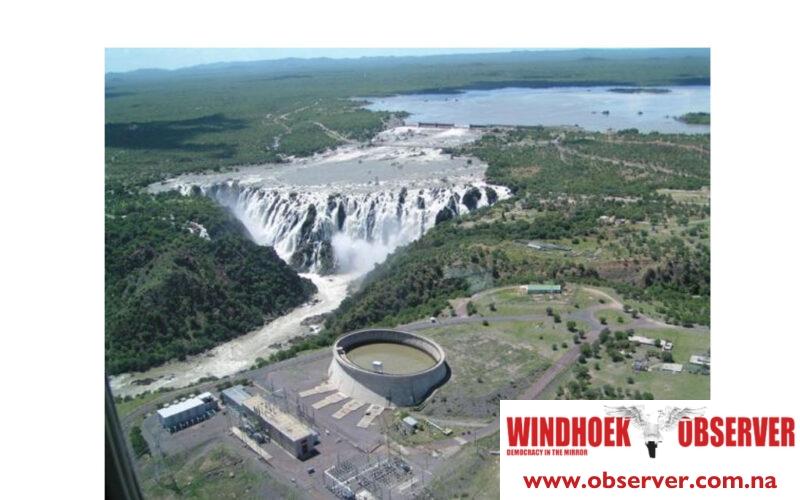Chamwe Kaira
Good rains have seen Namibia generating more local electricity in the past year. Local generation of electricity rose substantially on an annual basis largely due to higher water inflow into the Ruacana hydro-power plant.
The local generation of electricity increased substantially by 33.8% annually during the second quarter of 2023.
Bank of Namibia data attributed the increase partly due to improved water inflow into the Ruacana hydro-power plant during the 2022/23 rain season, resulting in a decline in imports of electricity by 12.1%.
The units of electricity consumed increased by 17.1% during the second quarter, reflecting increased demand, mainly from the mining sector. On a quarterly basis, the local generation of electricity rose by 38.2% during the second quarter, reflecting the abundant rainfall that was experienced in Southern Angola during April. The seasonally adjusted series, however, registered a lower increase of 17.6%.
Namibia’s main sources of power generation is made up of 120 MW coal-fired Van Eck power station in Windhoek, 24 MW diesel-powered Paratus power station at Walvis Bay, 22.5 MW ANIXAS diesel-powered station at Walvisbay and the 332 MW hydro-electric Ruacana Power Station at Ruacana.
NamPower owns a world-class transmission system and network of 132 kV to 400 kV of overhead power lines spanning a distance of more than 25,000 kilometers, one of the longest of its kind in the world and enough to circle a continent.
In addition to its locally generated electricity, NamPower imports electricity through the Southern African Power Pool (SAPP) via its Energy Trading System to complement supply and meet demand. The availability of local generation dictates electricity imports. On average NamPower presently imports between 60% and 70% of its energy requirement.




